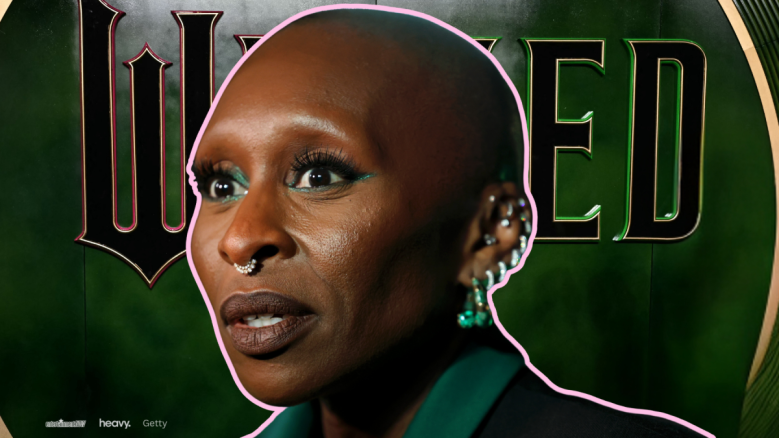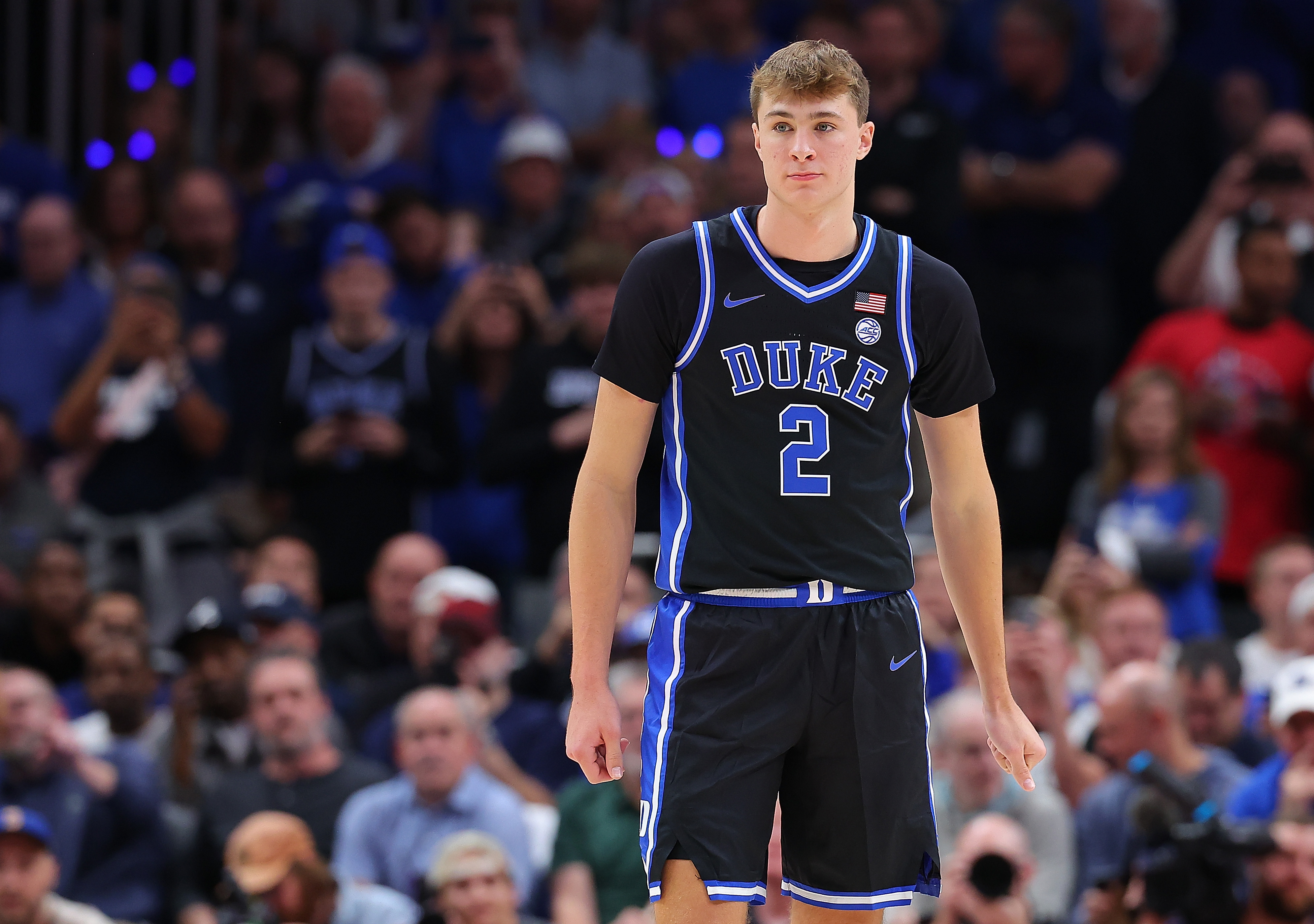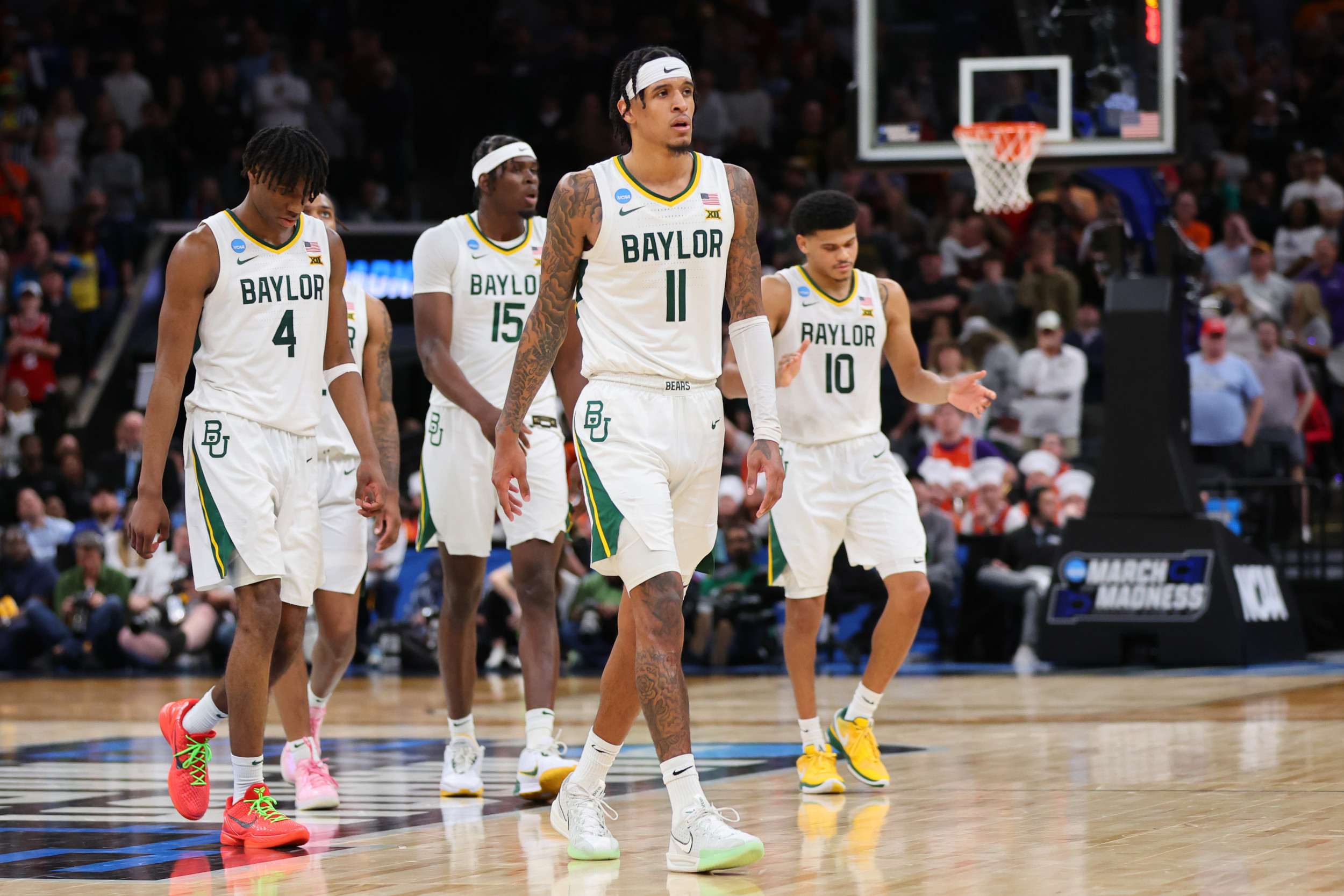The mystery of Dune: Prophecy isn’t a problem to solve, but a reality to experience – and it’s based on a specific book in the larger Dune canon.
Frank Herbert’s Dune was once, rightfully, thought to be unadaptable. Alejandro Jodorowsky’s infamous 14-hour draft collapsed under the weight of its ambition, and David Lynch’s 1984 disasterpiece suffered for the opposite reason – it tried and failed to compress the sci-fi tome into a single feature.
Excluding Syfy’s small-screen adaptations (they’re actually quite good), Denis Villeneuve achieved the impossible with both Dune movies; visually staggering, dense, but comprehensive films that honor their seminal source material. Plus, he’s already working on Dune 3.
On the back of their success, Warner Bros and HBO are about to launch their first expansion of the Duniverse with Dune: Prophecy, journeying back thousands of years through the history of Arrakis – and there’s one book you should know about.
Dune: Prophecy is based on Sisterhood of Dune
Dune: Prophecy is inspired by Sisterhood of Dune, Brian Herbert and Kevin J. Anderson’s 2012 novel and the first entry in their Great Schools of Dune trilogy.
 Tor Books
Tor BooksThe book takes place 83 years after the Battle of Corrin, with Faykan Butler ruling over the universe as the first Emperor of the Imperium. Meanwhile, Vorian Atreides (the first person to hold the Atreides name in the house’s history) turns his back on politics, and Raquella Berto-Anirul forms the Bene Gesserit and becomes the collective’s first Reverend Mother.
This is where Valya Harkonnen comes in. She wants two things: to re-establish her family’s dominance and take revenge on Vorian Atreides.
Dune: Prophecy is different from the book
It’s important to remember that while Sisterhood of Dune may have provided the foundation of Dune: Prophecy, the series already has a few notable differences from the outset.
 HBO
HBOFor example, while Raquella establishes the Bene Gesserit in the books, the series appears to be placing a bigger emphasis on the efforts of Valya Harkonnen and her sister Tula. The show’s logline says it’ll follow “two Harkonnen sisters as they combat forces that threaten the future of humankind, and establish the fabled sect that will become known as the Bene Gesserit.”
Further to that, it’s unclear how Raquella will fit into the story at all. She’s been credited as a guest character (played by Cathy Tyson), but all of the trailer suggest it’ll be Valya who’ll become the first Reverend Mother.
Elsewhere, there’s also Javicco Corrino and Empress Natalya, two characters created for the show who don’t come from the source material.
Jordan Goldberg, one of Dune: Prophecy’s executive producers, has maintained that it’s “a sort of close adaptation of The Sisterhood of Dune.”
“I think that trilogy kind of tells that story that keeps going in the other two books. So, naturally, we move out there in the other two books as well, taking what we need from it to tell our story. And we also get to tell a new story that’s not in the books and that is about Valya Harkonnen’s stewardship of the Sisterhood,” he told Screen Rant.
That sounds like there’ll be other deviations from the novel, unlike Villeneuve’s broadly faithful films – so prepare yourself if you’re a Dune devotee.
How does Sisterhood of Dune connect to the other books?
Like everything in Dune, it’s a bit complicated. Sisterhood of Dune is the 17th novel in the franchise, but its place in the overall canon is a bit divisive.
 HBO
HBOI’m going to keep this as simple as possible. Frank Herbert, Dune’s original author, wrote six novels in total: Dune, Dune Messiah, Children of Dune, God Emperor of Dune, and Chapterhouse: Dune. He died in 1986, and 13 years later, his son Brian and sci-fi writer Kevin J. Anderson revived the franchise.
They kicked off with the Prelude to Dune trilogy (House Atreides, House Harkonnen, House Corrino), setting up the first book and exploring the backstories of its characters. Next up was the Legends of Dune trilogy (The Butlerian Jihad (more on this shortly), The Machine Crusade, The Battle of Corrin) and Heroes of Dune (Paul of Dune, The Winds of Dune, Princess of Dune), before the Great Schools of Dune series that began with Sisterhood of Dune.
In short, Herbert and Anderson’s contributions to the Duniverse have always been met with a mixed reception; some fans have enjoyed their expansion, others feel they don’t have enough depth or narrative richness to justify themselves.
Specifically, the pair’s take on the Butlerian Jihad sparked controversy in the fandom. As outlined in the novels, it was a conflict and revolt against computers; specifically, machines capable of emulating human thought.
These machines were eventually prohibited, with machines “made in the likeness of a human mind” dismantled and banned. This event was referenced in Herbert’s novels, but fans took issue with how it was chronicled in the expansions, believing it had been overly simplified into a Terminator-esque battle of man vs machines.
This (plus a smattering of other grievances) calls into question how much of Herbert and Anderson’s novels can be considered canon. However, that’s a debate, and Sisterhood on Dune is definitively connected to the original novels – at least on paper.
Is Dune: Prophecy canon?
Yes… and no. Dune: Prophecy is canon in the context of the world created by Denis Villeneuve, but it’s not strictly canon in the larger Dune franchise.
 HBO
HBOThink of it like Game of Thrones. As George R.R. Martin explained: “We have two canons. We have the show canon, the Game of Thrones canon. And we have the Song of Ice and Fire canon… there are two different canons. Now, because most of these shows that we’re developing, almost all of them are prequels. I think it’s a single canon.”
Dune: Prophecy is set in the same universe as Dune and Dune: Part Two, and all three projects inform each other in their own canon, but they’re not meant to slot in neatly to the chronology laid out by the two Herberts.
 Warner Bros.
Warner Bros.Villeneuve is also involved in the series, though in a more limited capacity than originally intended. He was supposed to direct and produce the pilot, with Jon Spaihts serving as showrunner, but after criticism directed at the lack of female creatives and Spaihts’ allegedly poor work on the series, Legendary Television replaced him with Alison Schapker (Diane Ademu-John was also hired as a co-showrunner but stepped down to executive producer).
As production on Dune: Part Two ramped up, Villeneuve was forced to step back from the series, and he’s no longer listed as a producer either (this hasn’t been confirmed, and I’m betting he’ll have an EP credit in the pilot of Prophecy).
As Goldberg explained, “Denis’ got his own franchise that he’s working on right now and he’s been busy doing that and his own projects. He’s really left to us to figure out how to platform the new characters and the new worlds, which is exciting about the story that we’re telling because we are outside of Arrakis and so we get to visit new places.
“But he is aspirational in what he did there for us to achieve that kind of large-scale immersive experience. We had a tremendous cast and a tremendous crew and we went all in and put it on the screen and it shows.”
Dune: Prophecy premieres on HBO on November 17. For more Dune content, check out where Dune 2 was filmed, the Atreides and Harkonnen family tree, and our breakdown of the Water of Life. You can also find other TV shows streaming this month.
 1 week ago
1
1 week ago
1




















 English (US) ·
English (US) ·